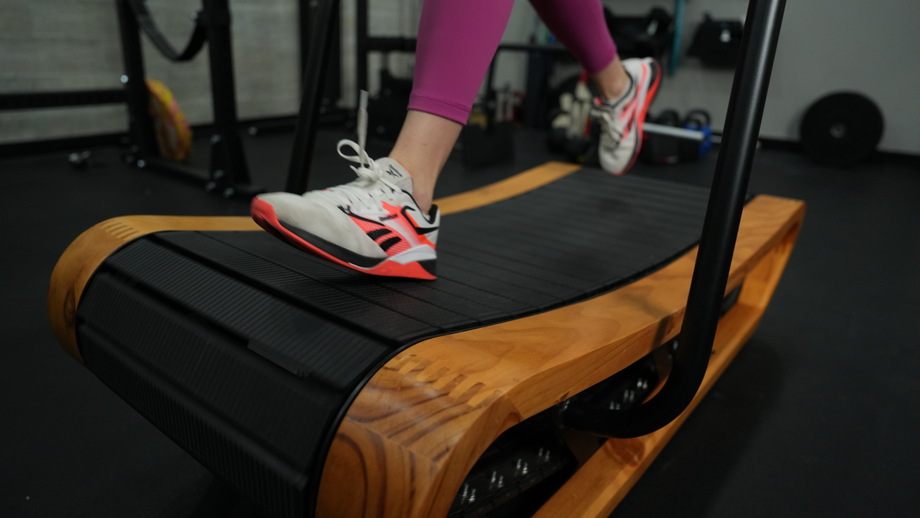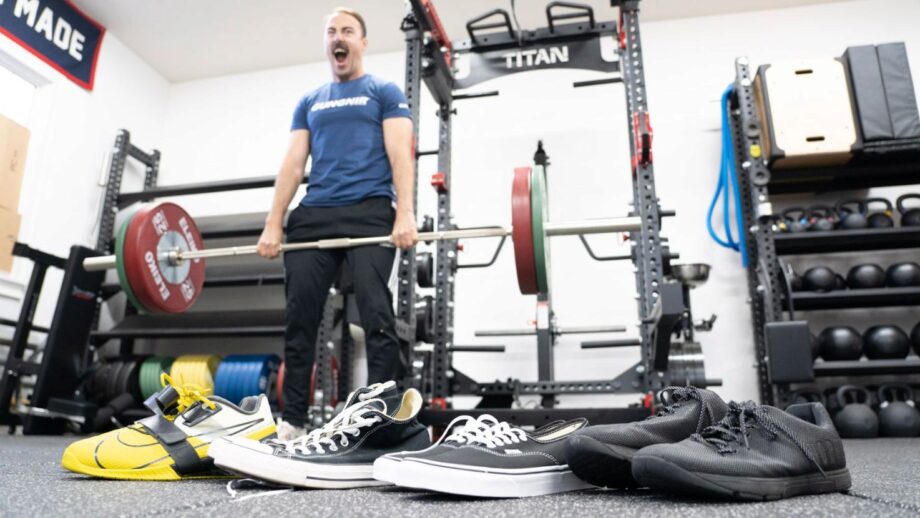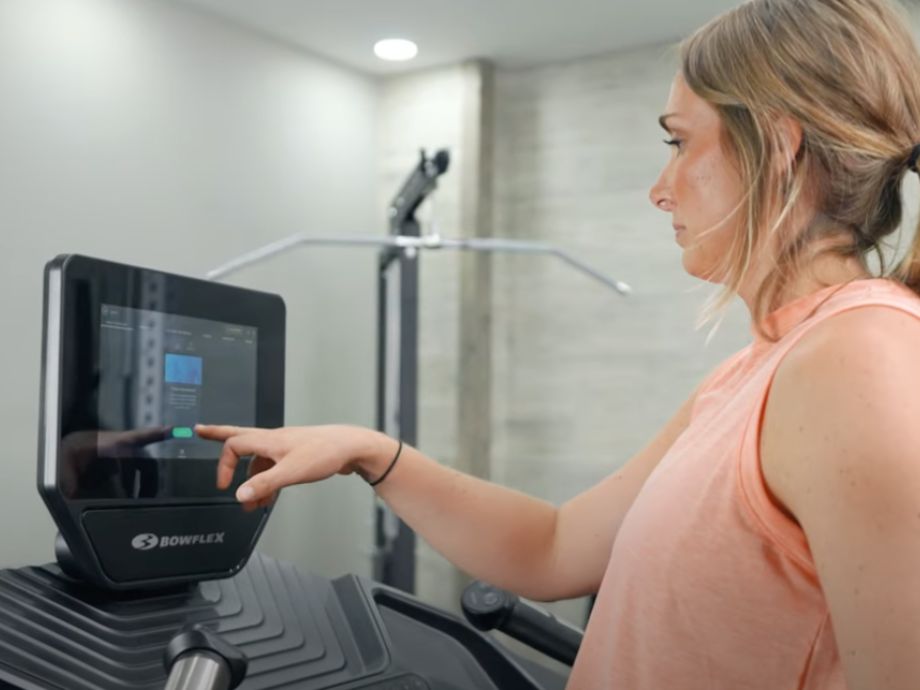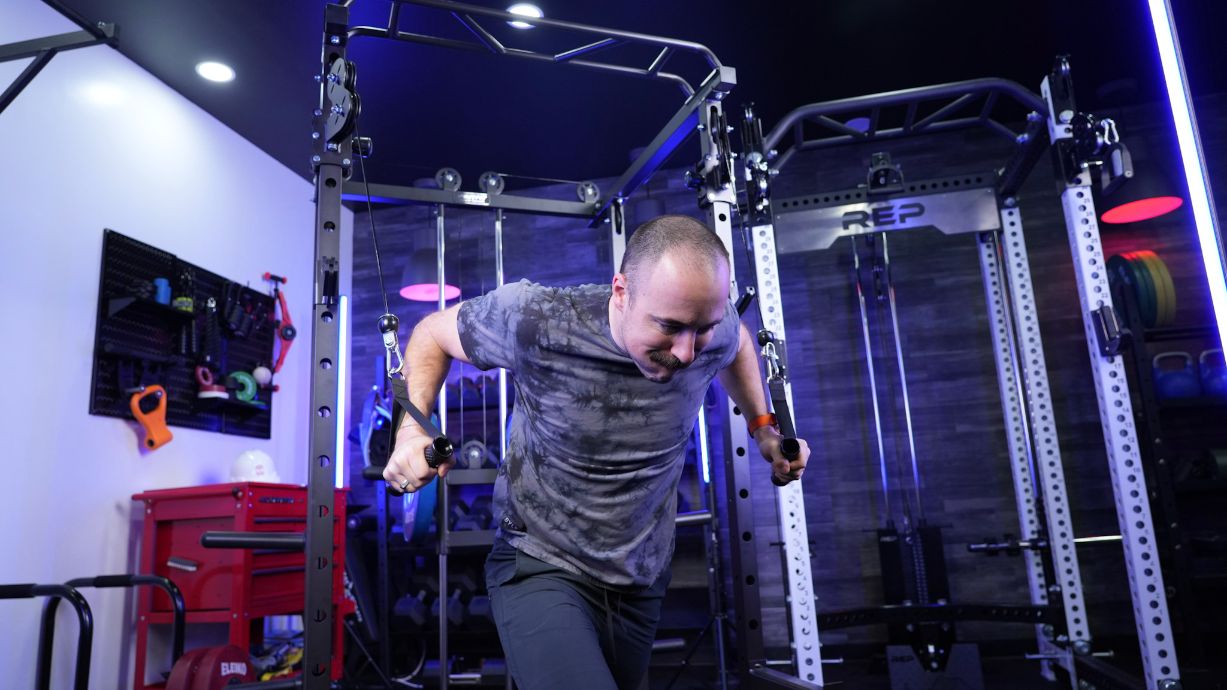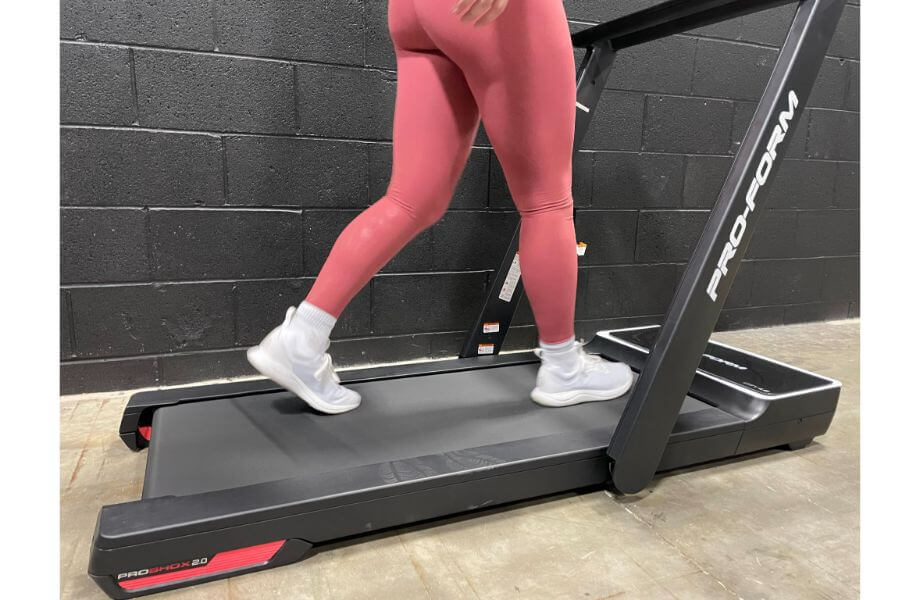Running (and jogging) is one of the most popular sports and activities worldwide, with millions of athletes participating in races and marathons each year. Not everyone is an athlete either; beyond races, many others run simply as a hobby or method of exercise. Around 50 million people run in the United States1 alone, which amounts to about 15% of the population.
This article will look at the many stats and facts about this widely popular sport, including the number of people running each year, as well as those who run races, half-marathons, and marathons. In addition, we’ll look at the risks and benefits of running, as well as different running expenses—running shoes, socks, hats, and race fees.
Without further ado, let’s break down running statistics and facts.
Fast Facts About Running
We’ll take a deeper dive into certain aspects of the sport of running, but here are some surface-level facts about running and jogging.
- Around 50 million people in the United States run or jog1, while an estimated 621 million run worldwide2, making it one of the most popular sports across the globe.
- About 2.1 million people run a half-marathon each year, while 1.1 million run a marathon3.
- At least 50% of runners get injured4 each year.
- On average, runners have been shown to live 3 years longer than non-runners5.
- Runners spend an average of $1,748 each year6 on gear and race fees.
Let’s go ahead and take a deeper dive into these statistics about the running world.
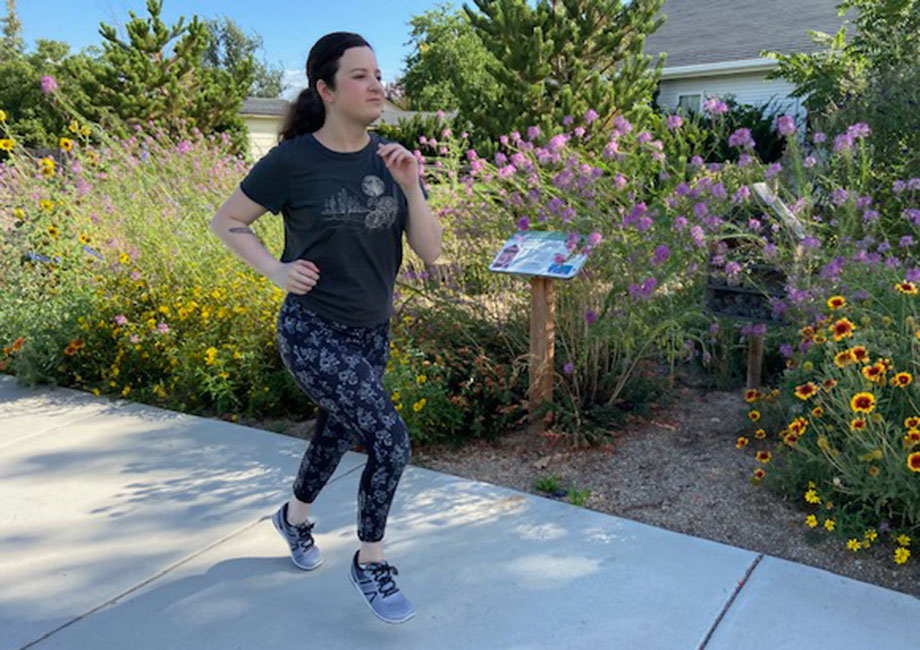
Running Statistics
With 50 million Americans doing some form of running or jogging, it’s a pretty popular sport—but not everyone is running the same way. There are different places to run, different competitions to compete in, and different methods too. How do people choose to run, and who in particular chooses to run?
In 2018, female runners outnumbered male runners for the first time in history—accounting for 50.24% of runners worldwide3. This is a substantial jump from 1986, of which women accounted for less than 20% of runners.
Trail-running has become a popular activity for runners, combining cardiovascular exercise with the excitement of seeing the great outdoors. In 2023, 14.8 million runners participated in trail running, a 12% increase of the 13.2 million participants in 2022, according to the SFIA Topline Participation Report7.
Many athletes wanting to pursue competitive running sign up for marathons, which have a length of 26.2 miles; however, ultramarathons push beyond that distance, including 50- or 100-mile races. Ultramarathons continue to gain in popularity, with 600,000 runners racing in an ultramarathon in 2018.
Running at a fast pace isn’t ideal for everyone, and many walk for sport instead. As many as 114 million were walking for sport8 in 2023.
Similarly, many opt for the best treadmills for running, with 53 million people using treadmills9 for their running, walking, or jogging workouts.
RELATED: Treadmill Vs Outside Running
Why Do People Run?
Just like with any form of exercise, people run for a variety of reasons, from simple enjoyment to preparation for races or other competitions. Additionally, athletes can run for multiple reasons and events. According to Running USA’s global running survey from 20226, the largest reason runners run is to stay in shape, with 72% of runners surveyed saying it’s to remain healthy and in shape.
Here are other reasons that runners commonly claimed as their motivation for running, as well as the percentage of runners who cited those reasons:
- 72% of runners say they run to stay in shape
- 38% of runners claim they run to relieve stress
- 33% of runners run for enjoyment
- 26% of runners train for a race
- 18% of runners run as a form of socialization
Average Race Times and World Records
Whether you’re a beginner learning how to start running, or an elite athlete participating in your next big race, it’s important to know that your race times will depend on a number of factors—not just the length of the run and your experience. Here’s a few factors to consider:
- Training: How long you’ve been training will impact your race performance. Be sure to train consistently and use training methods like progressive overload to help improve your cardiovascular performance.
- Nutrition: Not getting enough carbohydrates for energy or protein for muscle repair, can impact your running performance. Also, be sure to drink plenty of water to stay hydrated.
- Recovery: Just as important as routine training is consistent rest and recovery. Get enough sleep and plan rest days to help your body recover from strenuous exercise.
- Technique: Newer runners may still be learning proper cadence and posture while training. The more experience you have, the more consistent you’ll be with using proper technique.
- Environment: The terrain can change from race to race. Environmental differences like temperature, hills, and weather can all impact performance.
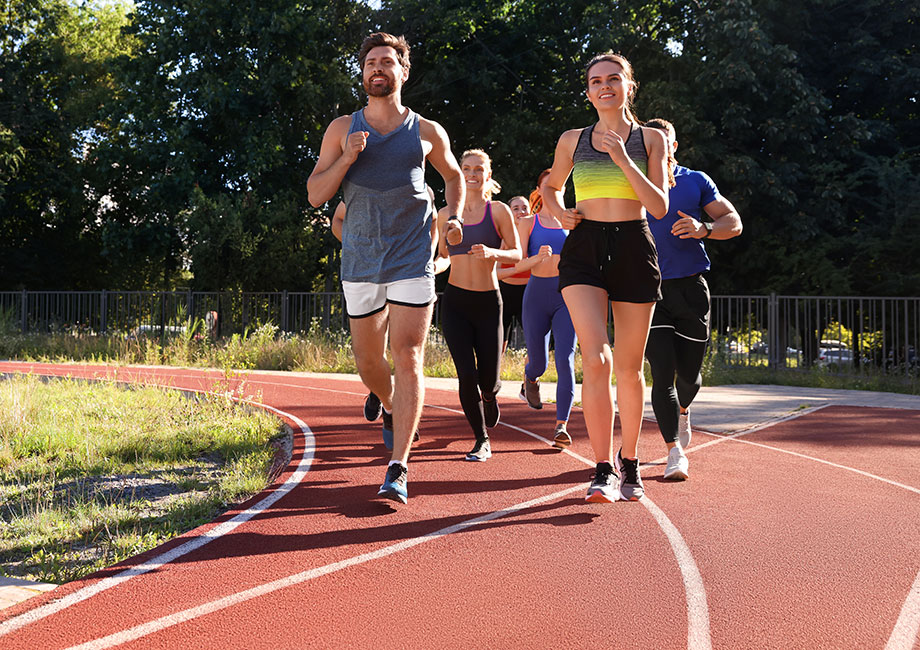
The longer the distance, the slower pace you’ll have to use to maintain a consistent speed during your race. (Check out our running pace calculator to determine the proper pace for your next run.)
With those factors in mind, below are the women’s and men’s world records for different distances, from a mile to a marathon, compared to average times (derived from runninglevel.com):
| Distance | Average Time | Women’s World Record | Men’s World Record |
| Mile | 07:04 | 4:07.64 Faith Kipyegon | 3:43.13 Hicham El Guerrouj |
| 5K | 23:58 | 14:31 Beatrice Chebet | 12:49 Berihu Aregawi |
| 10K | 49:34 | 28:46 Agnes Ngetich | 26:11.00 Joshua Cheptegei |
| Half Marathon | 01:50:15 | 1:02:52 Letesenbet Gidey | 57:31 Jacob Kiplimo |
| Marathon | 03:48:20 | 02:11:53 Tigst Assefa | 02:00:35 Kelvin Kiptum |
As shown in the table, the average running times are much longer than the world records, with the marathon record times for the women and men being nearly two hours faster than the average running time. This is an indicator of the amount of training that top athletes put in, but it also shows that running is a sport for a variety of fitness levels and experiences.
How Many People Run Marathons?
One of the more challenging (but popular) running distances is the half marathon and marathon, spanning 13.1 miles and 26.2 miles, respectively. Around 2.1 million people run a half marathon yearly, while 1.1 million run an entire marathon every year10.
At first look, the distance of a marathon looks a bit odd, but marathons have their roots in Greek mythology. Legend tells of a heroic run by Pheidippides, who ran 26.2 miles from Marathon to Athens to deliver news of the Athenian army’s victory over the Spartans.
Over 800 marathon races11 happen each year, although only six have been deemed the title of World Marathon Major:
- The Tokyo Marathon
- The Boston Marathon
- The London Marathon
- The Berlin Marathon
- The Chicago Marathon
- The New York City Marathon
These historical races are sought after by amateur and elite runners alike, and many aim to claim a finisher’s medal from at least one of these races. This is quite an achievement, as qualifying or earning a spot is difficult; there are tight qualifying times, or you have to rely on lottery or running for a charity to earn a spot.
Participation in Popular Marathons
| Race | Number of Finishers (2023) |
| NYC Marathon | 51,402 |
| Chicago Marathon | 48,292 |
| Berlin Marathon | 47,912 |
| London Marathon | 43,965 |
| Tokyo Marathon | 36,560 |
| Boston Marathon | 26,623 |
| Marine Corps Marathon | 20,539 |
Running Equipment Use
From running shoes, gels, and hats to running belts and backpacks, there’s a ton of support gear for serious runners and hobbyists. In fact, users spent an average of $1,748 each year on running equipment and race fees, according to a 2022 survey6. An older survey from 202012 found that men spent an average of $937 per year on running gear, while women averaged $1,132 each year.
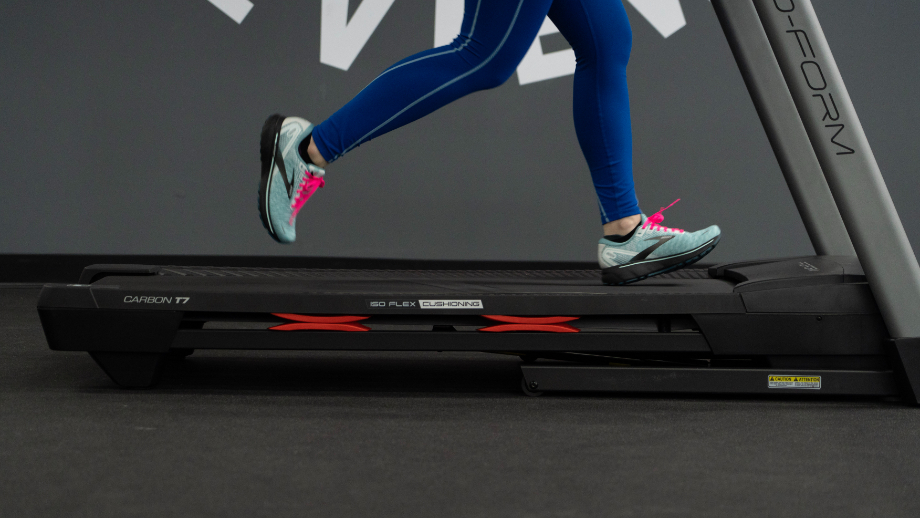
Technology has also created a rise in runners using smartphones, watches, and fitness trackers to track their metrics and progress, with:
- 86% of marathon runners using some sort of technology for their runs13
- 60% of runners using a sports watch or smartwatch13
- 53% of runners using an app to track the metrics of their runs13
Running and Your Health
There are many health benefits of running, which is why 72% of runners say they run to stay healthy and in shape. About 5% of runners do so to overcome a health obstacle, too6. Fortunately, running can help improve your overall health in multiple ways:
- Running can improve your cardiovascular health, as a 2019 systematic review14 found that high- and moderate-intensity training reduced blood pressure in adults 60 and older.
- Bone health can improve15 from weight-bearing physical activity, such as running, resulting in increased bone density.
- Studies have shown16 that a healthy, balanced diet and regular exercise can help with weight management or weight loss. A byproduct of that might be lowering the risk of type 2 diabetes, which we see fewer incidences of among runners, according to a 2019 study17.
- Any form of exercise can be beneficial to help treat depression18 and improve mental health. Runners, in particular, can receive a “runner’s high,” a short euphoric state after intense exercise, thought to be caused by a release of endocannabinoids19, although more research is needed.
- Running can boost immune support, as a May 2019 review20 showed an inverse relation between exercise and risk of illness.
- Runners can have better sleep quality, as a survey of studies21 found that exercise helps improve sleep quality across a broad range of ages and demographics. Also, people who exercise more consistently slept better than those who only exercise once or twice a week.
- Running might be able to extend your life. A review of studies5 found that, on average, runners live about 3 years longer than non-runners, and they have a decreased risk of premature mortality—from 25% to 40% less risk.
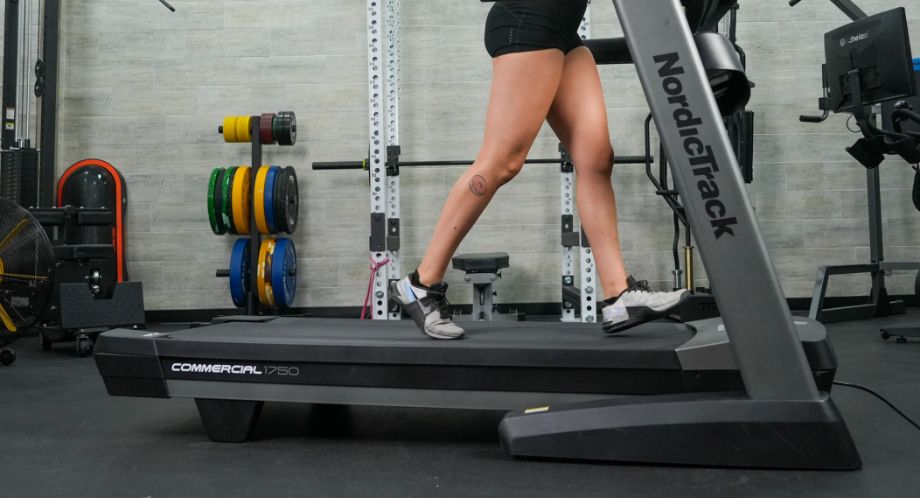
Injury Statistics
Any exercise can carry some risk of injury, and running or jogging is no different. Between 37% and 56% of runners suffer an injury each year22, with the exact percentage varying for each group based on the level of competitiveness, age, gender, and more. Of those injuries, 50% to 75% are overuse injuries due to the repetitive nature of running. Plantar fasciitis, the inflammation of the band of tissue connecting the heel bone to the toes, accounts for a quarter of running-related issues23.
Whether it’s on the trail or a treadmill injury, running injuries can be minor, but they can still result in a reduction of training or seeing a specialist in more severe cases. To aid in reducing their risk of injury, runners will incorporate mobility exercises and strength training into their running program to ensure flexible and strong muscles and joints.
RELATED: Strength Training for Runners
Here are more common running injuries:
- Runner’s knee
- Stress fracture
- IT band syndrome
- Shin splints
- Plantar fasciitis
- Achilles tendinitis
- Muscle strains
- Ankle sprains
RELATED: Best Exercise Equipment for Bad Knees
Running Statistics: FAQs
What percentage of people are runners?
About 50 million people run in the United States1, which accounts for 15% of the population.
How many years longer are runners more likely to live than non-runners?
According to a review of studies5, runners on average can live up to three years longer than non-runners.
What percentage of people get a runner’s high?
Studies with endurance runners19 showed that not all runners experience the runner’s high. Of those runners surveyed, only 69% to 77% claimed to have experienced a runner’s high at least once in the past.
References
- Statista Research Department. (2024). Running & Jogging—Statistics & Facts. Statista. https://www.statista.com/topics/1743/running-and-jogging/
- Emmanuel A., Tamara P., Nina R., Danielle V., Fahad S. (2017). Globally, how many people practice running (as a sport), and what is the global market size for this sport? AskWonder. https://askwonder.com/research/globally-people-practice-running-as-sport-global-market-size-sport-dba00dqvc
- Galic, B. (2023). 126 Running Statistics You Need To Know. LiveStrong. https://www.livestrong.com/article/13730338-running-statistics/
- Yale Medicine. (n.d.). Running Injuries. Yale Medicine. https://www.yalemedicine.org/conditions/running-injury
- Lee, D. C., Brellenthin, A. G., Thompson, P. D., Sui, X., Lee, I. M., & Lavie, C. J. (2017). Running as a Key Lifestyle Medicine for Longevity. Progress in cardiovascular diseases, 60(1), 45–55. https://doi.org/10.1016/j.pcad.2017.03.005
- 2022 Global Runner Survey. (2022). Running USA. https://www.runningusa.org/wp-content/uploads/2022/07/2022-Global-Runner-Survey-final.pdf
- SFIA’s Topline Participation Report Shows Strong Positive Trends Across All Sports and Fitness Categories. (2024). Sports and Fitness Industry Association. https://sfia.org/resources/sfias-topline-participation-report-shows-strong-positive-trends-across-multiple-sports-and-fitness-categories-2/
- Statista Research Department. (2024). Number of people walking for fitness in the United States from 2010 to 2023. Statista. https://www.statista.com/statistics/191984/participants-in-walking-for-fitness-in-the-us-since-2006/
- Statista Research Department. (2022). Number of users of treadmills in the United States from 2006 to 2017 (in millions). Statista. https://www.statista.com/statistics/191605/users-of-treadmills-in-the-us-since-2006/
- Sayer, A. (2024). How Many People Have Run A Marathon?: A Global Analysis. Marathon Handbook. https://marathonhandbook.com/how-many-people-have-run-a-marathon/
- McAlister, S. (2023). What are the six World Marathon Majors? Olympics. https://olympics.com/en/news/what-are-the-six-world-marathon-majors
- Vialette, G. (2020). Male Runners Spend $937 a Year, Female Runners 21% More. Running Shoes Guru. https://www.runningshoesguru.com/content/male-runners-spend-937-a-year-female-runners-21-more/
- Janssen, M., Scheerder, J., Thibaut, E., Brombacher, A., & Vos, S. (2017). Who uses running apps and sports watches? Determinants and consumer profiles of event runners’ usage of running-related smartphone applications and sports watches. PloS one, 12(7), e0181167. https://doi.org/10.1371/journal.pone.0181167
- Way, K. L., Sultana, R. N., Sabag, A., Baker, M. K., & Johnson, N. A. (2019). The effect of high Intensity interval training versus moderate intensity continuous training on arterial stiffness and 24h blood pressure responses: A systematic review and meta-analysis. Journal of science and medicine in sport, 22(4), 385–391. https://doi.org/10.1016/j.jsams.2018.09.228
- Manske, S. L., Lorincz, C. R., & Zernicke, R. F. (2009). Bone health: part 2, physical activity. Sports health, 1(4), 341–346. https://doi.org/10.1177/1941738109338823
- Swift, D. L., McGee, J. E., Earnest, C. P., Carlisle, E., Nygard, M., & Johannsen, N. M. (2018). The Effects of Exercise and Physical Activity on Weight Loss and Maintenance. Progress in cardiovascular diseases, 61(2), 206–213. https://doi.org/10.1016/j.pcad.2018.07.014
- Wang, Y., Lee, D. C., Brellenthin, A. G., Eijsvogels, T. M. H., Sui, X., Church, T. S., Lavie, C. J., & Blair, S. N. (2019). Leisure-Time Running Reduces the Risk of Incident Type 2 Diabetes. The American journal of medicine, 132(10), 1225–1232. https://doi.org/10.1016/j.amjmed.2019.04.035
- Kvam, S., Kleppe, C. L., Nordhus, I. H., & Hovland, A. (2016). Exercise as a treatment for depression: A meta-analysis. Journal of affective disorders, 202, 67–86. https://doi.org/10.1016/j.jad.2016.03.063
- Siebers, M., Biedermann, S. V., & Fuss, J. (2023). Do Endocannabinoids Cause the Runner’s High? Evidence and Open Questions. The Neuroscientist : a review journal bringing neurobiology, neurology and psychiatry, 29(3), 352–369. https://doi.org/10.1177/10738584211069981
- Nieman, D. C., & Wentz, L. M. (2019). The compelling link between physical activity and the body’s defense system. Journal of sport and health science, 8(3), 201–217. https://doi.org/10.1016/j.jshs.2018.09.009
- Kline C. E. (2014). The bidirectional relationship between exercise and sleep: Implications for exercise adherence and sleep improvement. American journal of lifestyle medicine, 8(6), 375–379. https://doi.org/10.1177/1559827614544437
- van Mechelen W. (1992). Running injuries. A review of the epidemiological literature. Sports medicine (Auckland, N.Z.), 14(5), 320–335. https://doi.org/10.2165/00007256-199214050-00004
- Runners and Plantar Fasciitis. (2023). Princeton Foot and Ankle Associates, PC. https://www.princetonfootandankle.com/blog/item/768-runners-and-plantar-fasciitis.html


